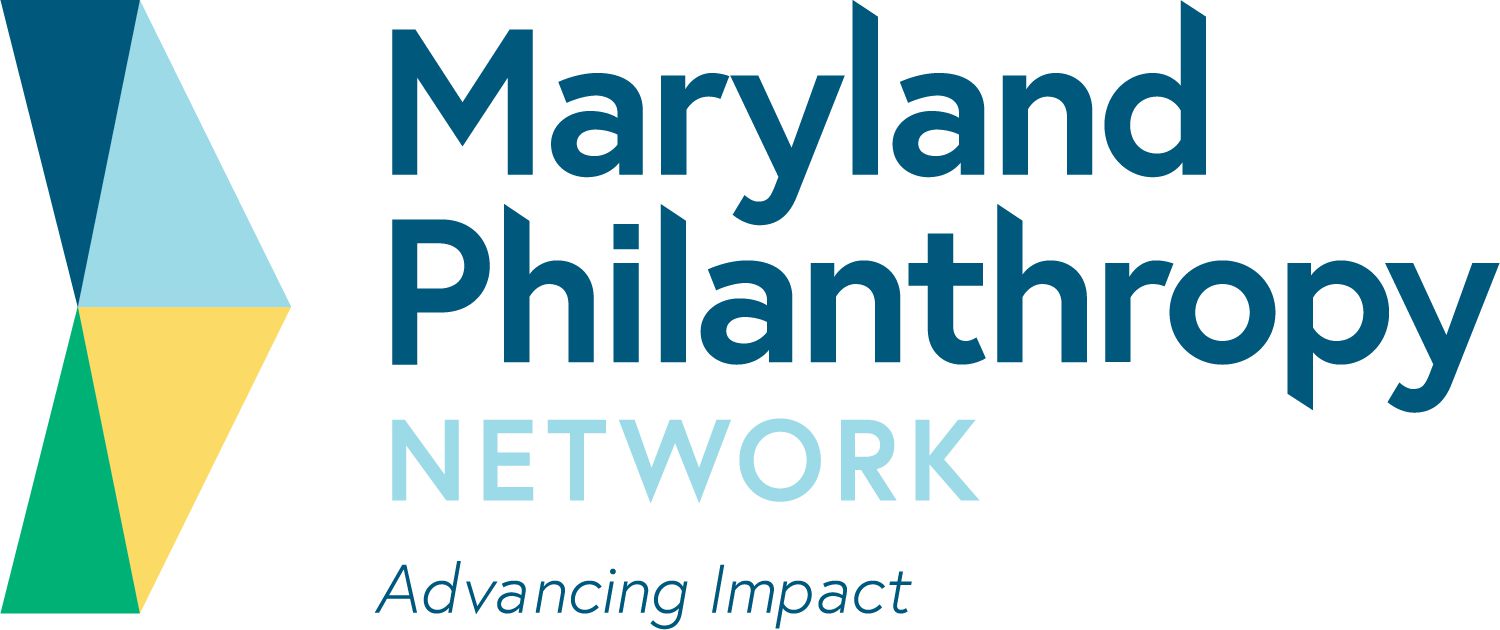Maryland Philanthropy Network seeks to grow and support our members capacity to engage in public policy.
The use of nonprofit tax form the 990 to evaluate nonprofits' finances is becoming more and more widespread.
Please join us for the fourth workshop on impact investing through our partnership with Mission Investors Exchange.
By 2018, two-thirds of jobs in the American economy will require a post-secondary credential. Estimates note that over half of all Marylanders in their prime working years – 1.3 million adults between ages of 25 and 54 – lack a college degree.
Clear evidence exists that reading proficiently by third grade is a powerful determinant of achievement and high school graduation and yet there are millions of American children that do not meet this critical benchmark.
The proposed Red Line light-rail transit project – a 14 mile, east-west corridor connecting the Johns Hopkins Bayview Medical Center Campus, Canton, Fells Point, Inner Harbor East, downtown Baltimore, West Baltimore, Edmondson Village and Woodlawn
Baltimore’s work inspired by the national Campaign for Grade-Level Reading has begun!
Our current elections require systemic reforms to counter racial and partisan gerrymandering, increase voter participation, overcome zero-sum polarization, and advance a reflective and representative democracy.
We are now over two years removed from the death of Freddie Gray and the uprising that followed.
REDF works with investment partners to close the gap between social enterprises and their capital needs. For 20 years, REDF has invested in and advised more than 100 social enterprises.
We are in a moment where the nation’s racial discourse is more complex and ever-present than most have experienced before.
With more than 466,000 Marylanders food insecure , does it matter where the food is grown or whether it is processed or fresh? We will discuss what the research says about the quality/quantity debate, what efforts are being made in Maryland to address food quality and quantity; and what can be done to achieve more of both.
No matter what mission your organization and your members are committed to, we’re confident that more people standing up for your mission can help make the difference.
Why do foundations use consultants? Noticeably absent on the list of reasons is learning – yet learning is a particularly important attribute for foundations that grapple with complex issues in dynamic environments. This webinar will help you understand how to be more explicit about the value of fostering a learning culture in your foundation within the context of any consulting engagement, & will enable both you and your consultant partners to more proactively strive for & achieve learning.
Women Give 2019 is the first study to explore the intersection of race, giving and gender. The report finds that generosity is a value shared by all communities, and that women across race and ethnicity are leading through philanthropy. As communities of color grow in wealth and influence, the study demonstrates the unique perspectives women of color bring to philanthropy and underscores the importance of understanding and engaging donors from diverse backgrounds.
FIND MORE BY:
The affordable housing crisis isn’t new. It isn’t even an “emerging” crisis.
Charitable giving in the U.S. topped $400 billion in 2017. And more than half of American households give annually—more than vote in presidential elections.
The Annie E. Casey Foundation's 2019 KIDS COUNT® Data Book, just released, brings good news!
The T. Rowe Price Foundation will distribute $2.7 million in grants under an ambitious, four-year initiative to boost educational, cultural and financial opportunities for residents of underserved city neighborhoods.
The Harry and Jeanette Weinberg Foundation, one of the 50 largest private charitable foundations in the United States, hosted its 12th Employee Giving Program Tuesday as employees gave grant recommendations to give $20,000 to 33 Baltimore-area non

